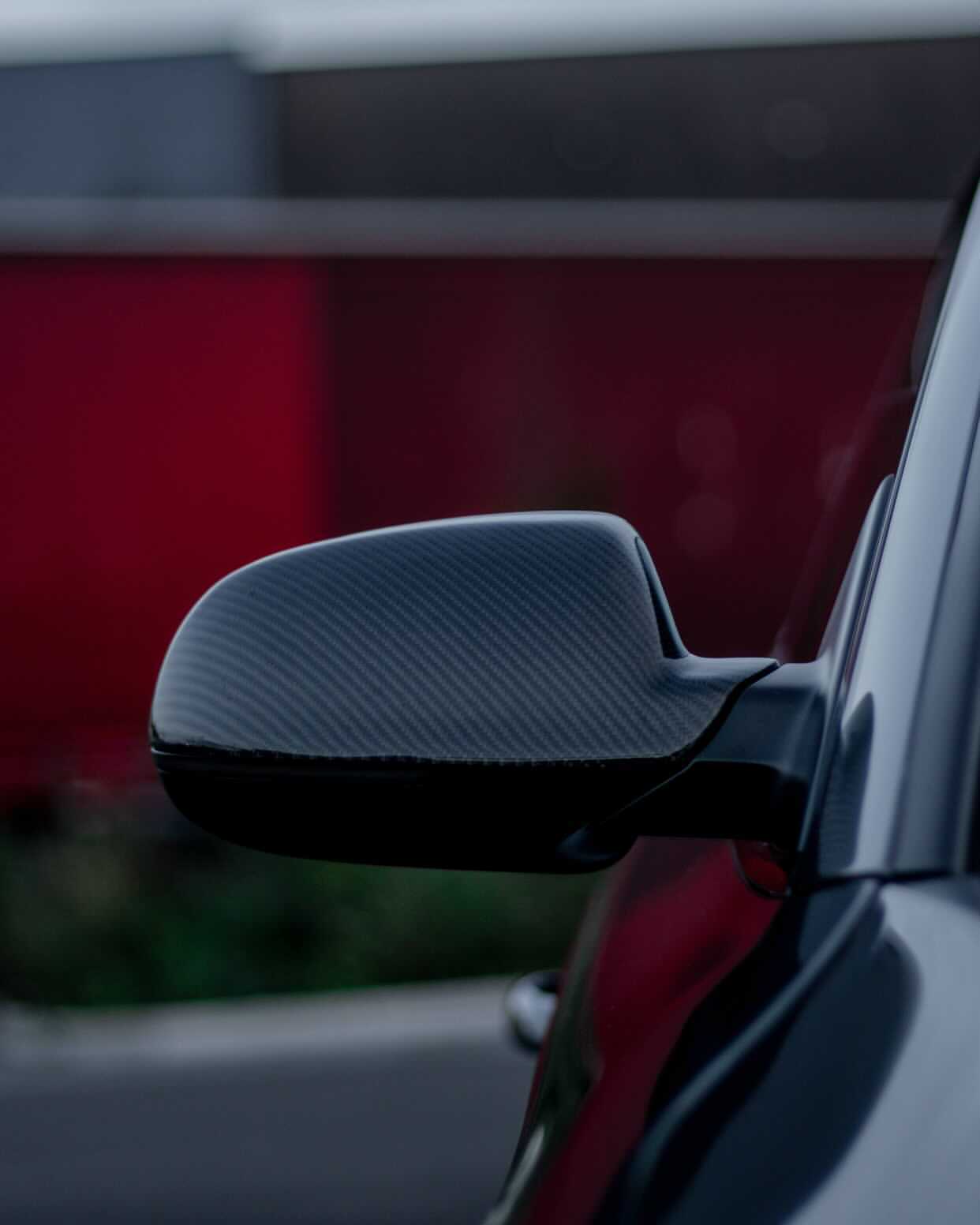Carbon fibre is a material that has revolutionized the automotive industry, and no company has embraced its potential quite like BMW. The German automaker has a long and storied history with carbon fibre, dating back to the early days of experimentation with this innovative material. Here is a brief look at the history of BMW and carbon fibre and how their partnership has led to some of the most advanced vehicles on the road today.
In the 1980s, BMW began experimenting with carbon fibre-reinforced plastic (CFRP) as a way to reduce the weight and increase the strength of their vehicles. At the time, CFRP was a relatively new and untested material, but BMW saw its potential and began incorporating it into its designs. In 1988, they introduced their first production car with a CFRP component, the BMW M3 Evolution II. This vehicle featured a CFRP roof panel, which reduced weight and improved handling and performance.
BMW continued to push the boundaries of carbon fibre technology, and in 1999 they unveiled the BMW Le Mans V12 LMR, a racing car that featured a CFRP monocoque chassis. This revolutionary design allowed the car to be incredibly lightweight and strong, and it went on to win the 1999 24 Hours of Le Mans.
In the years that followed, BMW continued to refine their use of carbon fibre, and it became a key component in many of its most advanced vehicles. In 2010, they introduced the BMW i3, a fully electric car with a CFRP passenger cell that was the first of its kind. The i3 was a game-changer in the world of electric vehicles, and it paved the way for future models like the i8 and iX.
Today, carbon fibre is an integral part of BMW's vehicle design, and it can be found on a wide range of models, from the 3 Series to the 7 Series. This partnership has allowed BMW to create some of the most advanced and innovative vehicles on the road, and it continues to push the boundaries of what is possible with carbon fibre technology.
In conclusion, the history of BMW and carbon fibre is a story of innovation and collaboration. From the early days of experimentation to modern marvels of engineering, this partnership has led to some of the most advanced vehicles on the road today. It is a testament to the potential of carbon fibre and its ability to improve the performance and efficiency of vehicles.
In the 1980s, BMW began experimenting with carbon fibre-reinforced plastic (CFRP) as a way to reduce the weight and increase the strength of their vehicles. At the time, CFRP was a relatively new and untested material, but BMW saw its potential and began incorporating it into its designs. In 1988, they introduced their first production car with a CFRP component, the BMW M3 Evolution II. This vehicle featured a CFRP roof panel, which reduced weight and improved handling and performance.
BMW continued to push the boundaries of carbon fibre technology, and in 1999 they unveiled the BMW Le Mans V12 LMR, a racing car that featured a CFRP monocoque chassis. This revolutionary design allowed the car to be incredibly lightweight and strong, and it went on to win the 1999 24 Hours of Le Mans.
In the years that followed, BMW continued to refine their use of carbon fibre, and it became a key component in many of its most advanced vehicles. In 2010, they introduced the BMW i3, a fully electric car with a CFRP passenger cell that was the first of its kind. The i3 was a game-changer in the world of electric vehicles, and it paved the way for future models like the i8 and iX.
Today, carbon fibre is an integral part of BMW's vehicle design, and it can be found on a wide range of models, from the 3 Series to the 7 Series. This partnership has allowed BMW to create some of the most advanced and innovative vehicles on the road, and it continues to push the boundaries of what is possible with carbon fibre technology.
In conclusion, the history of BMW and carbon fibre is a story of innovation and collaboration. From the early days of experimentation to modern marvels of engineering, this partnership has led to some of the most advanced vehicles on the road today. It is a testament to the potential of carbon fibre and its ability to improve the performance and efficiency of vehicles.



